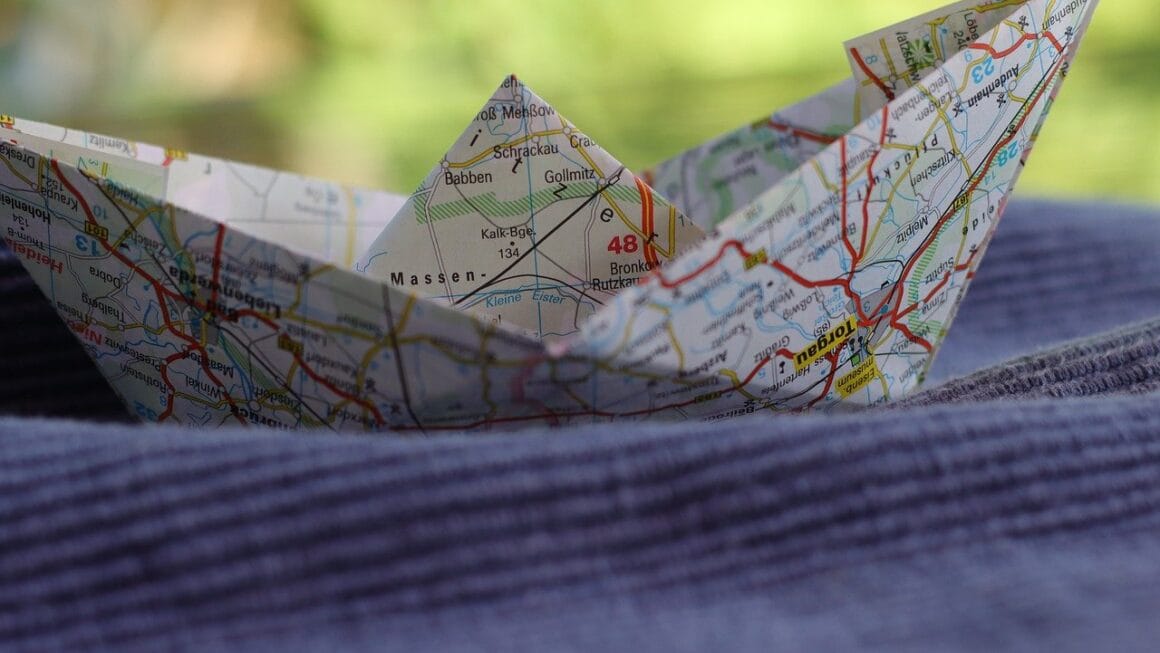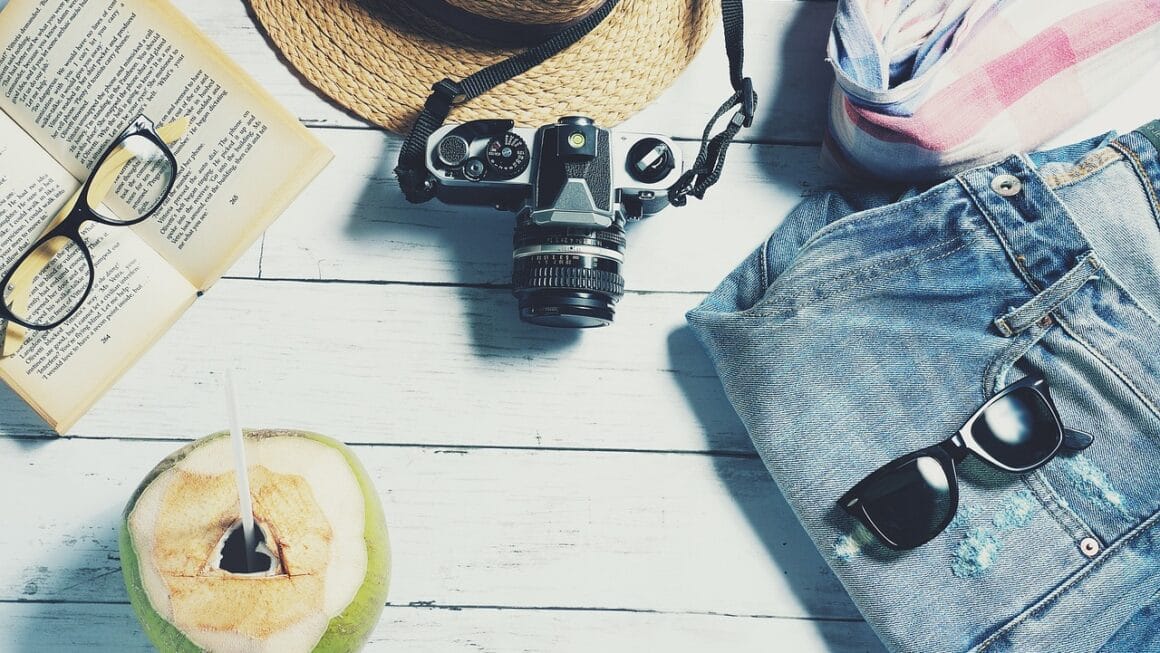Imagine gliding effortlessly across a turquoise canvas, a kaleidoscope of coral and vibrant fish swirling beneath you. Snorkeling offers an unparalleled opportunity to explore the underwater world with minimal equipment and effort, making it accessible to almost everyone. Whether you’re a seasoned ocean explorer or a complete beginner, this guide will provide you with everything you need to know to have a safe, enjoyable, and unforgettable snorkeling experience.
What is Snorkeling and Why Should You Try It?
Snorkeling is the practice of swimming on or through a body of water while equipped with a diving mask, a shaped breathing tube called a snorkel, and often swim fins. It’s a fantastic way to observe marine life in a natural setting without the need for complex scuba diving gear or training.
Benefits of Snorkeling
- Accessibility: Snorkeling is relatively easy to learn and requires minimal equipment, making it accessible to people of all ages and fitness levels.
- Affordability: Compared to scuba diving, snorkeling is a much more budget-friendly activity. Equipment can be rented or purchased at reasonable prices.
- Exploration: Snorkeling allows you to explore vibrant coral reefs, diverse marine ecosystems, and fascinating underwater landscapes.
- Relaxation: Gliding through the water and observing marine life can be incredibly relaxing and therapeutic.
- Fitness: Snorkeling provides a gentle form of exercise, improving cardiovascular health and muscle strength.
Where Can You Snorkel?
The possibilities are endless! Some of the most popular snorkeling destinations include:
- The Caribbean: Known for its crystal-clear waters and diverse coral reefs. Destinations like Belize, the Bahamas, and the US Virgin Islands offer incredible snorkeling opportunities.
- The Great Barrier Reef, Australia: The world’s largest coral reef system, teeming with marine life.
- Hawaii: Offers a variety of snorkeling spots, from calm bays to vibrant reefs, each with unique ecosystems. Hanauma Bay on Oahu is a particularly popular spot. (Note: Check for reservation requirements before visiting.)
- The Maldives: A tropical nation in the Indian Ocean, known for its luxurious resorts and stunning underwater beauty.
- Mediterranean Sea: While perhaps not as renowned as the Caribbean, there are surprisingly good sites in places like Greece, Croatia, and Malta, particularly around rocky coastlines.
Essential Snorkeling Gear
Having the right gear is crucial for a safe and enjoyable snorkeling experience.
Mask
- Purpose: Provides a clear view of the underwater world.
- Key Features: Choose a mask that fits snugly and creates a watertight seal around your face. Look for tempered glass lenses for safety and durability. Silicone skirts are generally more comfortable and provide a better seal than rubber.
- Pro Tip: Before purchasing, test the mask by pressing it lightly against your face and inhaling. If it creates a suction and stays in place, it’s a good fit.
Snorkel
- Purpose: Allows you to breathe while your face is submerged.
- Key Features: Consider a snorkel with a splash guard to prevent water from entering the tube. Some snorkels also have a purge valve at the bottom to easily clear any water that does get in.
- Types:
Classic Snorkel: A simple tube with a mouthpiece.
Dry Snorkel: Features a valve that seals the tube when submerged, preventing water from entering.
Semi-Dry Snorkel: Has a splash guard to minimize water entry and a purge valve for easy clearing.
Fins
- Purpose: Provide propulsion and allow you to move through the water more efficiently.
- Key Features: Choose fins that fit comfortably and provide adequate power without causing excessive strain.
- Types:
Full Foot Fins: Enclose the entire foot and are typically used in warmer waters.
* Open Heel Fins: Require booties and are more suitable for colder waters or when walking on rocky surfaces.
Optional but Recommended Gear
- Wetsuit or Rash Guard: Provides thermal protection and protection from the sun and jellyfish stings.
- Snorkeling Vest: Offers buoyancy and added safety, especially for beginners or in strong currents.
- Water Shoes: Protect your feet from sharp rocks and coral.
- Underwater Camera: Capture your underwater adventures.
- Defogging Solution: Prevents your mask from fogging up, ensuring clear visibility.
Snorkeling Techniques and Safety Tips
Knowing the proper techniques and safety precautions is essential for a safe and enjoyable snorkeling experience.
Basic Snorkeling Techniques
- Mask Clearing: If water enters your mask, hold the top of the mask and exhale forcefully through your nose.
- Snorkel Clearing: If water enters your snorkel, exhale forcefully through your mouth to clear the tube.
- Finning: Use long, smooth strokes to propel yourself through the water efficiently. Avoid kicking your legs too hard, which can stir up sediment and reduce visibility.
- Breathing: Breathe slowly and deeply through your snorkel. Try to relax and focus on your breathing to conserve energy.
Safety Precautions
- Never Snorkel Alone: Always snorkel with a buddy or in a group.
- Check the Weather and Water Conditions: Be aware of currents, tides, and visibility. Avoid snorkeling in rough or turbulent water.
- Use Sunscreen: Protect your skin from the sun’s harmful rays by applying sunscreen liberally to exposed areas, even on cloudy days. Consider a rash guard for added protection.
- Stay Hydrated: Drink plenty of water before, during, and after snorkeling to prevent dehydration.
- Be Aware of Marine Life: Avoid touching or disturbing coral or marine animals. Respect their habitat and maintain a safe distance.
- Know Your Limits: Don’t push yourself beyond your physical capabilities. If you feel tired or uncomfortable, return to shore.
- Learn Basic First Aid: Be prepared to handle minor injuries such as cuts, scrapes, and jellyfish stings.
- Respect the Environment: Do not litter or take anything from the reef. Leave only footprints and take only memories.
Addressing Common Snorkeling Challenges
- Mask Fogging: Apply defogging solution to your mask before each use. Alternatively, you can rub a small amount of baby shampoo or toothpaste on the lenses and rinse thoroughly.
- Water in the Snorkel: Practice snorkel clearing techniques in shallow water before venturing into deeper areas.
- Ear Pressure: If you experience ear pressure while diving underwater, pinch your nose and gently blow air into your nostrils to equalize the pressure.
Responsible Snorkeling and Conservation
As snorkelers, we have a responsibility to protect the delicate marine ecosystems we explore.
Protecting Coral Reefs
- Avoid Touching Coral: Coral is a living organism and is easily damaged by physical contact.
- Use Reef-Safe Sunscreen: Many sunscreens contain chemicals that are harmful to coral reefs. Choose a reef-safe sunscreen that is free of oxybenzone and octinoxate.
- Be Mindful of Your Fins: Avoid kicking up sediment or stirring up the water, which can smother coral.
- Support Sustainable Tourism: Choose tour operators who practice responsible snorkeling and conservation practices.
Respecting Marine Life
- Observe from a Distance: Avoid approaching or interacting with marine animals too closely.
- Do Not Feed the Fish: Feeding fish can disrupt their natural feeding patterns and harm their health.
- Report Any Unusual Sightings: If you see any signs of pollution, damaged coral, or injured marine life, report it to the appropriate authorities.
- Educate Others: Share your knowledge about responsible snorkeling practices with others.
Conclusion
Snorkeling is a rewarding and accessible activity that allows you to experience the beauty and wonder of the underwater world. By following the tips and guidelines outlined in this guide, you can ensure a safe, enjoyable, and environmentally responsible snorkeling experience. So grab your gear, find a stunning location, and prepare to be amazed by the incredible marine life that awaits you just beneath the surface!




